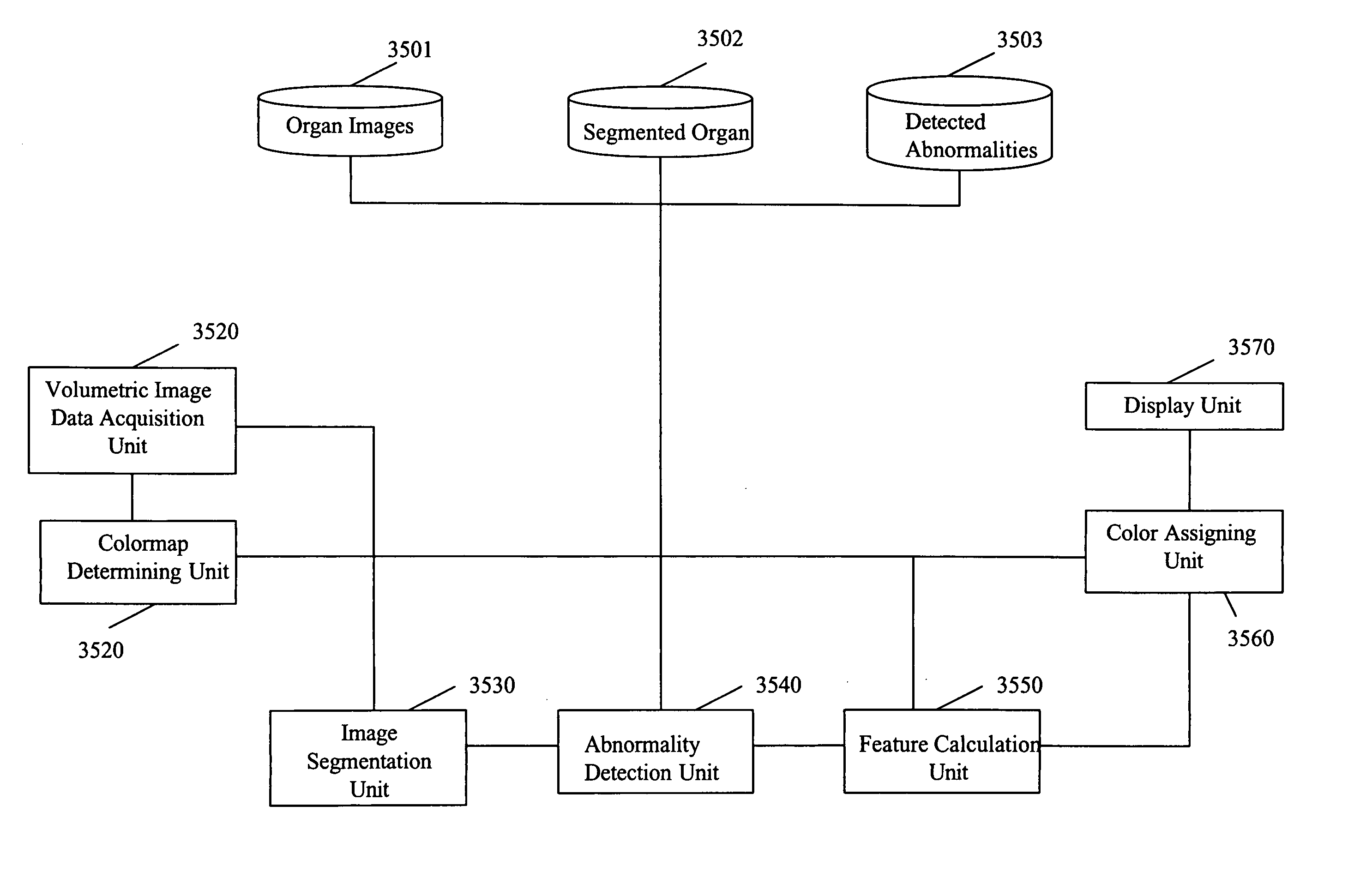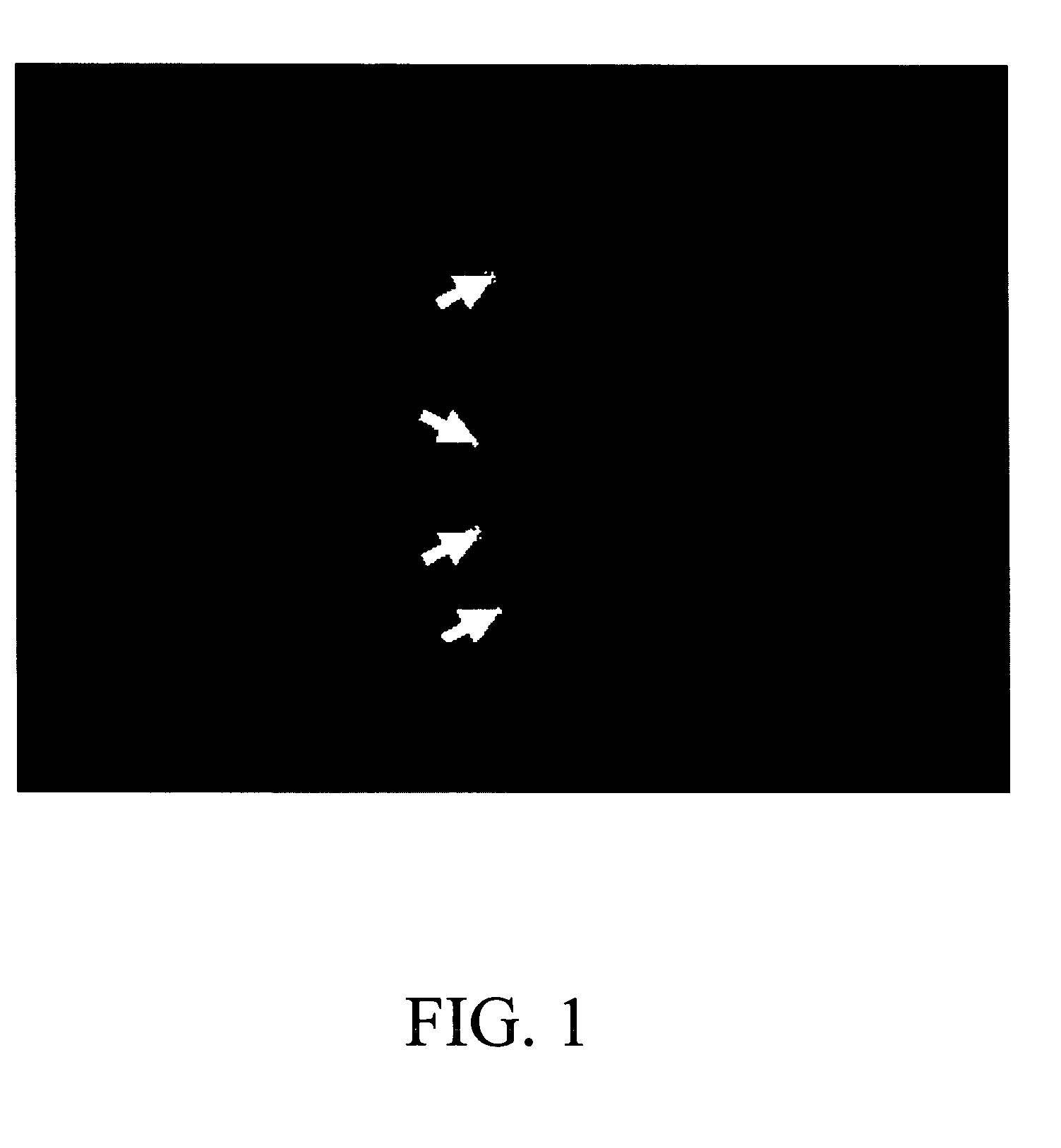Method for virtual endoscopic visualization of the colon by shape-scale signatures, centerlining, and computerized detection of masses
a technology of shape-scale signatures and colon, applied in the field of system and method for computer-aided detection of three-dimensionally extended organ lesions, can solve the problems of long interpretation time, difficult to perceive the relevant lesions, and often affected accuracy of polyp detection, so as to enhance the endoscopic visualization of the colonic lumen, easy to perceive the relevant lesions, and additional time-consuming steps
- Summary
- Abstract
- Description
- Claims
- Application Information
AI Technical Summary
Benefits of technology
Problems solved by technology
Method used
Image
Examples
Embodiment Construction
[0159] The description of the present invention includes a written description of: (1) visualization of the colon by shape-scale signatures; (2) computation of the colon centerline in CT colonography; and (3) detection of colorectal masses in CT colonography based on fuzzy merging and wall-thickening analysis.
I. Visualization of the Colon by Shape-Scale Signatures
Local Shape Index and Curvedness
[0160] The local shape index and curvedness measure the shape characteristics of a local surface patch at a point, and they form the basis for defining the shape-scale spectrum which is described in the next section. Both quantities are defined based on the notion of the principal curvature. A traditional approach for computing the principal curvatures of 3-D data is to fit a parametric surface to the data and compute its differential characteristics in a local coordinate system [24]. However, parameterization of surfaces with a complex topology is complicated, and curvature information ...
PUM
 Login to View More
Login to View More Abstract
Description
Claims
Application Information
 Login to View More
Login to View More - R&D
- Intellectual Property
- Life Sciences
- Materials
- Tech Scout
- Unparalleled Data Quality
- Higher Quality Content
- 60% Fewer Hallucinations
Browse by: Latest US Patents, China's latest patents, Technical Efficacy Thesaurus, Application Domain, Technology Topic, Popular Technical Reports.
© 2025 PatSnap. All rights reserved.Legal|Privacy policy|Modern Slavery Act Transparency Statement|Sitemap|About US| Contact US: help@patsnap.com



